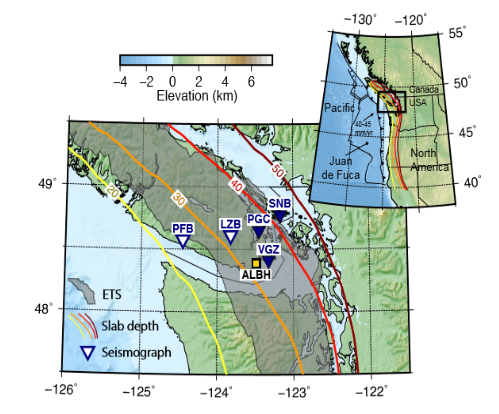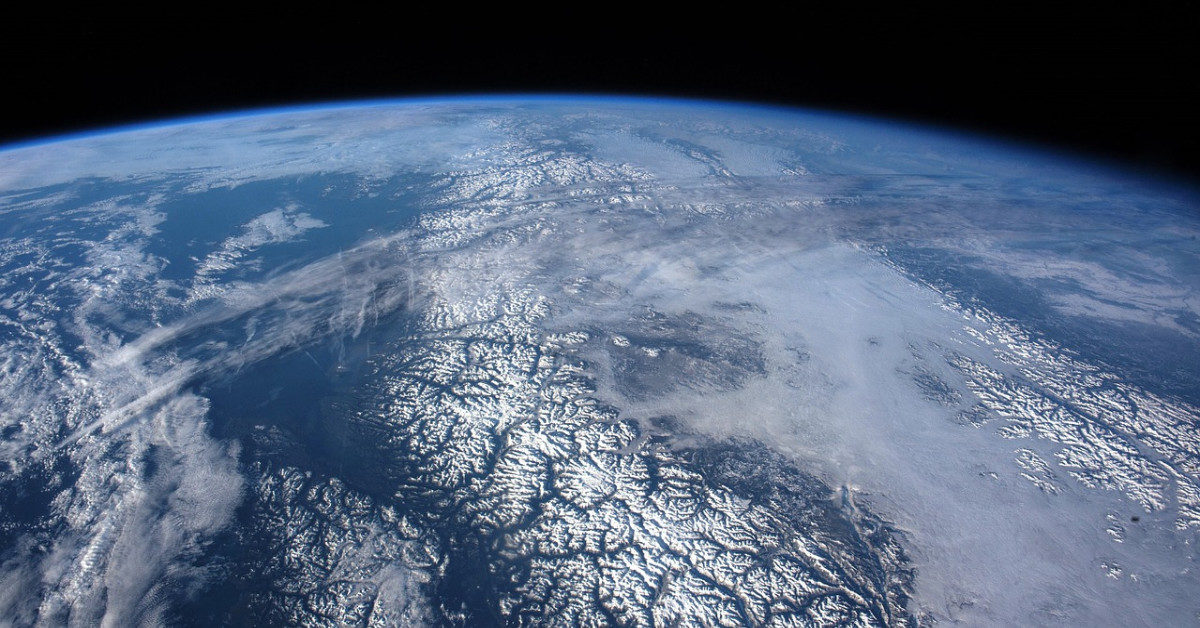These earthquakes produce movement so slow - a single event can last for days, even months - that they are virtually imperceptible. Less fearsome and devastating than regular earthquakes, they do not trigger seismic waves or tsunamis. They occur in regions where a tectonic plate slides underneath another one, called ''subduction zone faults'', adjacent but deeper to where regular earthquakes occur. They also behave very differently than their regular counterparts. But how? And more importantly: why?
Pascal Audet, Associate Professor in the Department of Earth and Environmental Sciences at uOttawa, along with his seismology research group (Jeremy Gosselin, Clément Estève, Morgan McLellan, Stephen G. Mosher and former uOttawa postdoctoral student Andrew J. Schaeffer), were able to find answers to these questions.
"Our work presents unprecedented evidence that these slow earthquakes are related to dynamic fluid processes at the boundary between tectonic plates," said first author and uOttawa PhD student, Jeremy Gosselin. "These slow earthquakes are quite complex, and many theoretical models of slow earthquakes require the pressure of these fluids to fluctuate during an earthquake cycle."Using a technique similar to ultrasound imagery and recordings of earthquakes, Audet and his team were able to map the structure of the Earth where these slow earthquakes occur. By analyzing the properties of the rocks where these earthquakes happened, they were able to reach their conclusions.
In fact, in 2009, Professor Audet had himself presented evidence that slow earthquakes occurred in regions with unusually high fluid pressures within the Earth.
"The rocks at those depths are saturated with fluids, although the quantities are minuscule," explained Professor Pascal Audet. "At a depth of 40 km, the pressure exerted on the rocks is very high, which normally tends to drive the fluids out, like a sponge that someone squeezes. However, these fluids are imprisoned in the rocks and are virtually incompressible; the fluid pressure therefore rises to very high values, which essentially weakens the rocks and generates slow earthquakes."Several studies over the past years had suggested these events are related to dynamic changes in fluid pressure, but until now, no conclusive empirical evidence had been established.
"We were keen to repeat Professor Audet's previous work to look for time-varying changes in fluid pressures during slow earthquakes," explained Jeremy Gosselin. "What we discovered confirmed our suspicions and we were able to establish the first direct evidence that fluid pressures do, in fact, fluctuate during slow earthquakes."

The paper Seismic evidence for megathrust fault-valve behavior during episodic tremor and slip was published in Science Advances.




Reader Comments
to our Newsletter